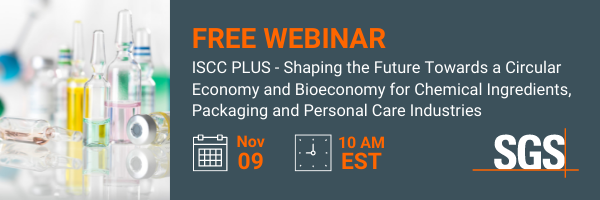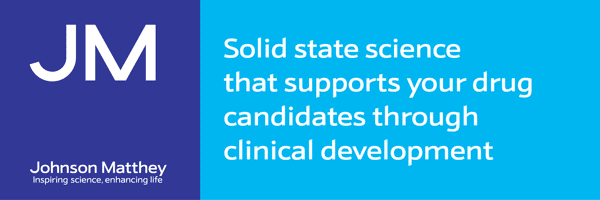Regulations & EHS&S
Common process safety management gaps 14th January 2020
By Janet Persechino and Ryan Welch of Engineering, Planning & Management (EPM), Incorporated
Janet Persechino and Ryan Welch of Engineering, Planning & Management (EPM), Incorporated, discuss common process safety manag
- Retail facilities and oil/gas well drilling or servicing operations
- Normally unoccupied remote facilities; the standard defines ‘remote’ as a facility that is operated, maintained or serviced by employees who visit the facility periodically to check its operation, no permanent employees are stationed at the facility, and is geographically remote from all other buildings and persons.
- Hydrocarbon fuel used solely for workplace consumption as a fuel if such fuels are not part of a process containing another highly hazardous chemical covered by the standard
- Flammable liquids with a flashpoint below 100°F stored or transferred in atmospheric storage tanks, which are kept below their normal boiling point without benefit of chilling or refrigeration.
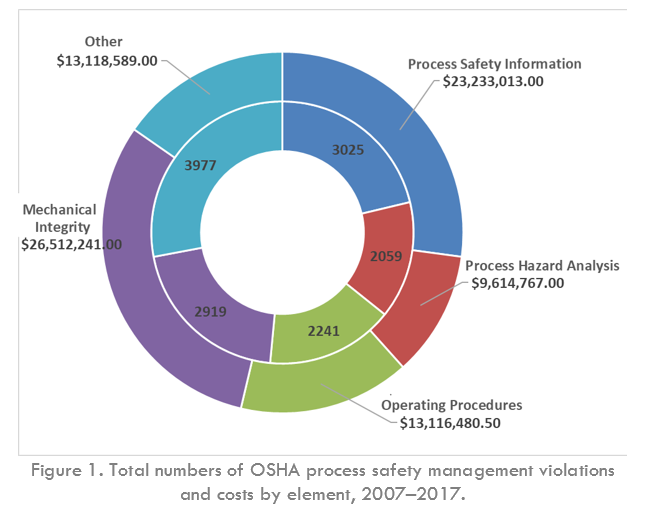
- (c) Employee participation
- (d) Process safety information
- (e) Process hazard analysis
- (f) Operating procedures
- (g) Training
- (h) Contractors
- (i)Pre-startup safety review
- (j) Mechanical integrity
- (k) Hot work permit
- (l) Management of change
- (m) Incident investigation(n) Emergency planning and response
- (o) Compliance audits
- (p) Trade secrets.
The data show that there four elements that are cited most frequently in violation cases. From highest to lowest, the most commonly cited elements are: process safety information; mechanical integrity; operating procedures; and process hazard analysis. The most costly violations relate to mechanical Integrity, process safety information, operating procedures and process hazard analysis (Figure 1).
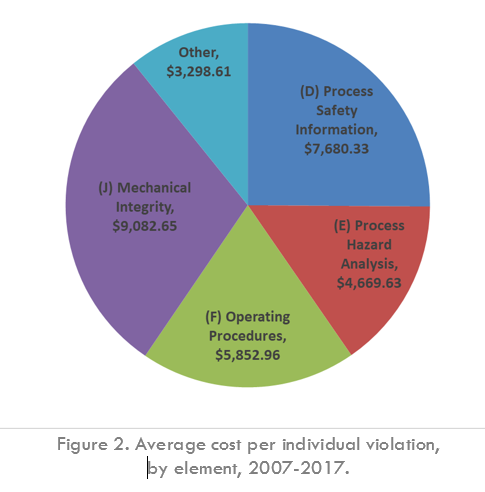
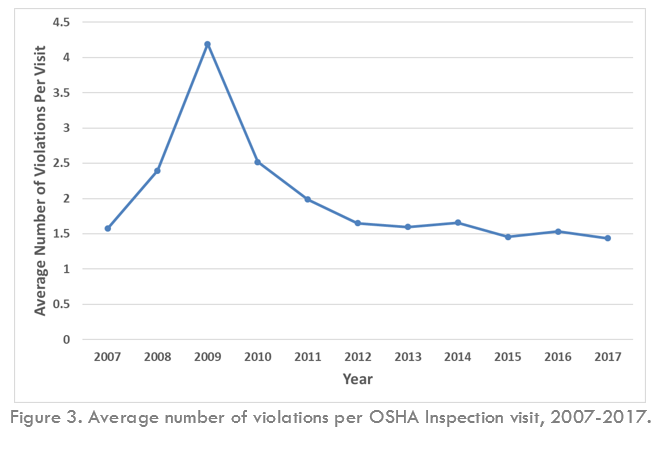
The costs of these violations typically exceed the costs of PSM consultancy – had such consultancy been employed in time. However, costs are only one aspect to consider when reviewing the return on investment. Other benefits that are quickly realised once PSM programs have been established include:
- Improvement in operating efficiencies (less waste)
- Increased employee morale
- Lower turnover rates
- Safer working conditions
- Uptime gains
- Insurance benefits
- Decreased likelihood of an incident.
- Process safety information: Equipment information (section 03 in Figure 4)
- Mechanical integrity: Written maintenance procedures (section 04); Inspection and testing (section 02); Correcting equipment deficiencies (section 05)
- Process hazard analysis: Inadequate coverage of the hazards of the process (section 03)
- Operating procedures: Develop written operating procedures (section 01).
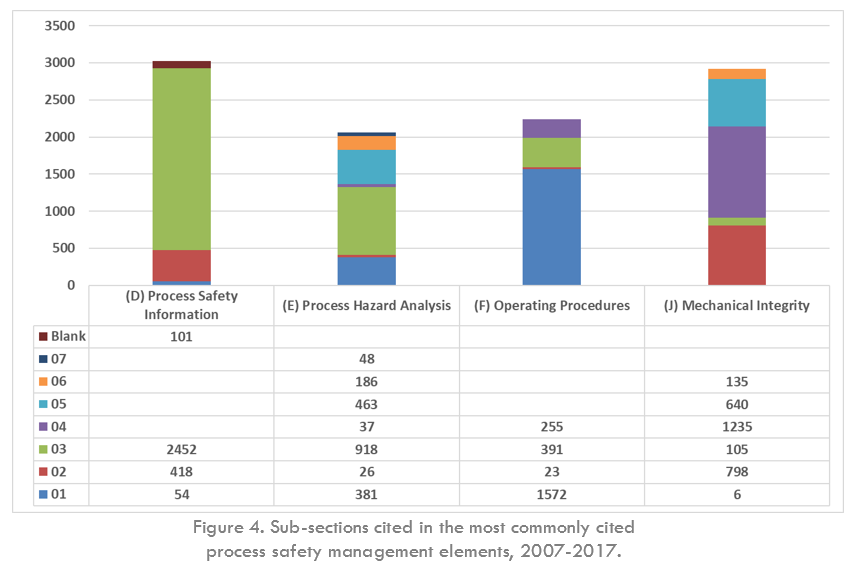
Authors:
Janet Persechino and Ryan Welch of Engineering, Planning & Management (EPM), Inc, 959 Concord Street, Framingham, MA 01701, USA
T: +1 508 875 2121
www.epm-inc.com
For more information, contact Janet Persechino at jap@epm-inc.com


